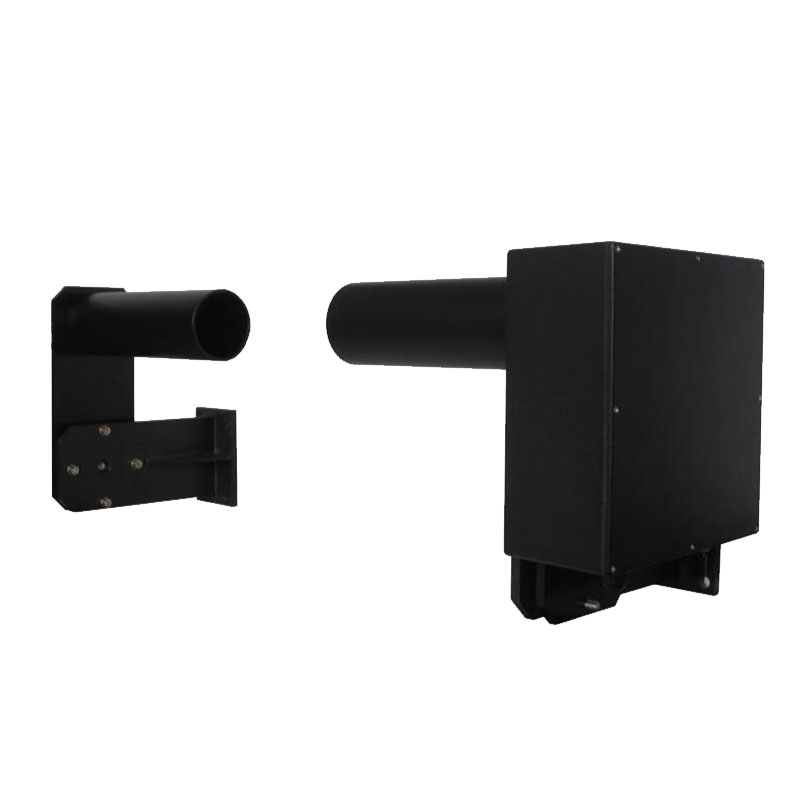Tianyi Sensor IOT Technology Co., Ltd
Sales Manager:Ms. Emily Wang
Cel,Whatsapp,Wechat:+86 15898932201
Email:info@fengtutec.com
Add:No. 155 Optoelectronic Industry Accelerator, Gaoxin District, Weifang, Shandong, China

Sales Manager:Ms. Emily Wang
Cel,Whatsapp,Wechat:+86 15898932201
Email:info@fengtutec.com
Add:No. 155 Optoelectronic Industry Accelerator, Gaoxin District, Weifang, Shandong, China

Model:FT-SDN1
Brand:tianyi
1.Introduction to Tunnel visibility detector
Tunnel visibility detectors are specially designed and manufactured for tunnels and pipe galleries for use on highways and tunnels where accurate and reliable visibility measurements are required.
The Tunnel visibility detector works according to the principle of transmission.The transmitter/receiver and reflector are installed relative to each other.After fixed alignment with the bracket, the high-focus beam emitted by the optical components becomes a detection beam, with an installation distance of 3 meters (round and trip dual optical paths, the actual detection path is 6 meters).Due to the attenuation of dust, the receiver obtains the signal and processes it as a measurement value.According to the requirements of my country's "Ventilation and Lighting Design Code for Highway Tunnels", it is installed on the top or side wall of the tunnel.
The intelligent detector has its own compensation function, which can automatically compensate for gain when the optical lens is contaminated, thus ensuring a long maintenance cycle.The tunnel is a special tubular structure.Due to the small space and the characteristics of airtightness, if the exhaust gas emitted by vehicles passing through the tunnel is not discharged in time and reasonably, resulting in the accumulation of CO and suspended particles, which will directly affect the personal safety of the drivers and passengers of vehicles passing through the tunnel and maintenance staff.
Tunnel visibility detector is designed to collect VI/CO data online and provide it to traffic supervision departments to provide decision-making basis for tunnel ventilation and road safety.
2.Tunnel visibility detector product features
1.Visibility (VI) and carbon monoxide (CO) can be measured simultaneously or separately;
2.High resolution visibility measurement;
3.The measurement is completely free from other stray light sources;
4.Designed specifically for harsh tunnel environments;
5.Effectively avoid inability to measure caused by vibrations in the environment and passing vehicles;
6.Low installation, startup and maintenance costs;
7.The instrument comes with status display, fault alarm and data storage functions, which are convenient for debugging and equipment maintenance;
8.Various output methods, easy data collection;
9.The unique compensation function ensures a long maintenance cycle;
10.Non-contact, continuous monitoring of visibility;
11.Use the latest microprocessor technology to operate completely digitally.
3.Tunnel visibility detector technical parameters
Installation method: wall-mounted installation
Power supply method: AC220V
Measured value: VI value: 1/m, CO concentration: PPM
Measurement principle: ray projection method
Measurement range: VI: 0--15×10-3 1/m, CO: 0--400PPM
Measuring distance: 6 meters optical path (probe installation distance 3 meters)
Accuracy: VI: ±0.0001 1/m, CO: ±1PPM
Output interval: 60 seconds
Digital output: RS485
Analog signal output: 0/4mA-20mA two channels (internal impedance is not large
at 500Ω)
Reliability: The average failure-free time is no less than 5000 hours
Automatic compensation function: VI has self-calibration and automatic zero point functions
In the fields of meteorology, environmental monitoring, agriculture, hydrology, transportation, and wind power generation, obtaining high-precision, high-time-resolution meteorological data for small-scale (microscale) areas is crucial. Traditional meteorological observation stations are usually lar...
A Portable Weather Station is a highly integrated automatic field meteorological data collection and transmission device. Essentially, it is a fully functional mobile observation platform capable of rapidly establishing temporary meteorological observation points in areas not covered by conventional...
For a long time, air quality indicators have mostly been negative pollutants such as PM2.5 and sulfur dioxide. In contrast, negative oxygen ions, known as "air vitamins" beneficial to human health, serve as important positive indicators for measuring air freshness and ecological constructi...
In water monitoring work, chlorophyll measurement is a crucial part. As the core substance for photosynthesis in aquatic plants, the chlorophyll content can directly reflect the quantity of phytoplankton in the water. By measuring chlorophyll, staff can determine the degree of water eutrophication —...